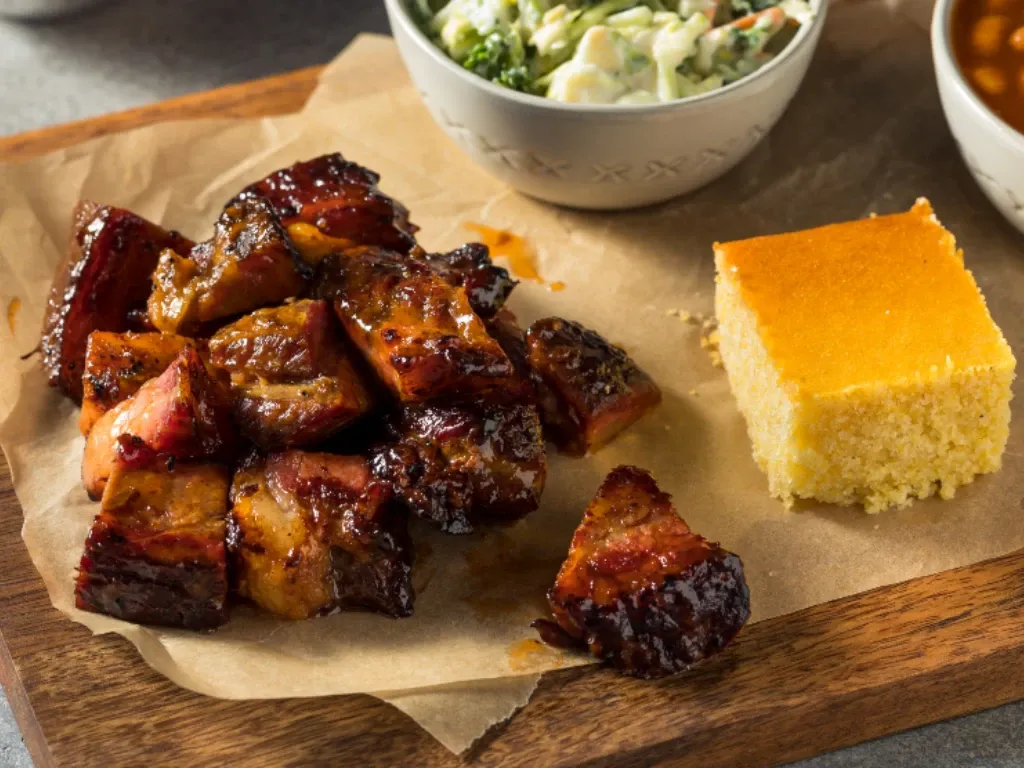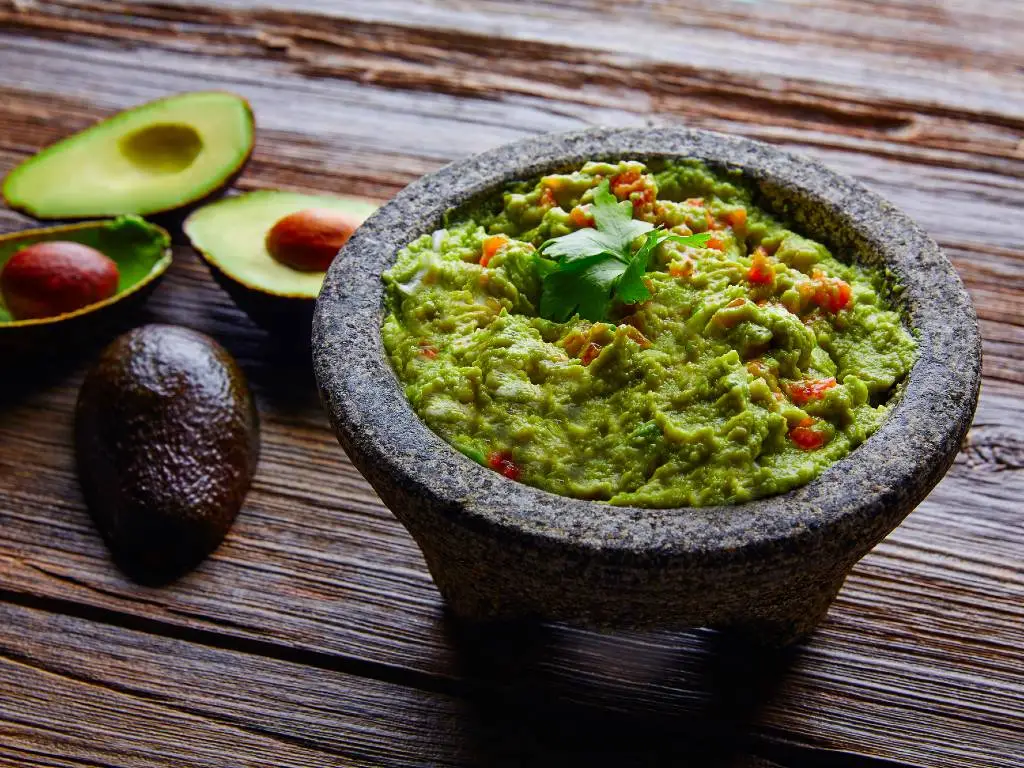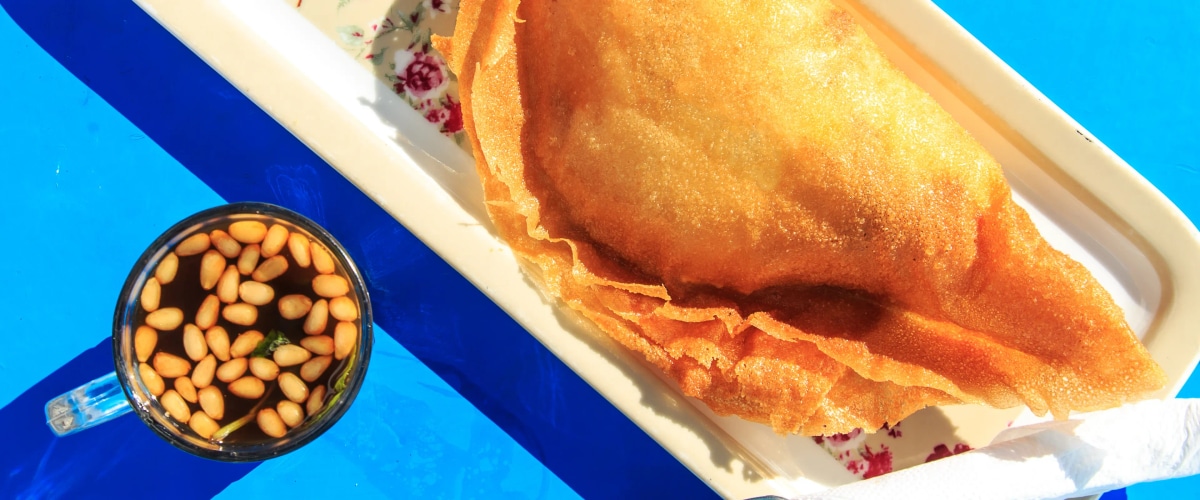
Burnt Ends: The Barbecue Scraps That Became a Kansas City Staple
I’ve traveled around Texas and Alabama and Memphis plenty, and each time I make it a point to stop for local barbecue. As a Kansas Citian, it’s my duty to try out the competition. But it’s also my duty any time that burnt ends show up on the menu (and they show up a lot) to set the record straight: Burnt ends are pure Kansas City.
“In the past 10 years, burnt ends have grown far beyond Kansas City, and that’s because it’s such a great thing,” Rod Gray, CEO of the Kansas City Barbeque Society, tells me.
The two-state metropolitan area is home to the Barbecue Hall of Fame, the American Royal (known informally as the World Series of Barbecue), and the Kansas City Barbeque Society, which literally wrote the rules for barbecue competitions in North America. We can hold our own against the Texas and Alabama and Memphis barbecues of the world, but when it comes to burnt ends specifically, there’s no better place to try them than the city that made them famous.

Burnt beginnings
Admittedly, some early details of the Kansas City barbecue scene have been lost to history. But here is what we do know.
Burnt ends, while we claim that they are a Kansas City thing, are technically an Arthur Bryant thing.
Around 1908, Tennessee-born Henry Perry, known as the BBQ King of Kansas City, opened the first barbecue joint in the city, making Kansas City barbecue what it is today. He was reportedly the first person in town to cook meat “low and slow” over hickory and oak, occasionally throwing in some pecan, cherry, or apple wood to add slight nuances to the flavor.

Over the years, Perry trained several apprentices on his barbecuing techniques, including Charlie Bryant, Arthur Bryant’s brother. When Perry died in 1940, Charlie inherited Perry’s barbecue joint, later selling it to his brother, Arthur. A barbecue master in his own right, Arthur changed the joint’s name and relocated it to 18th & Brooklyn where it still stands today. (The area is also home to the Negro Leagues Baseball Museum and the American Jazz Museum.)
Arthur Bryant’s Barbeque Restaurant is the oldest joint in Kansas City and has been a pit stop for presidents, movie stars, and sports celebrities over the years. Barack Obama, Steven Spielberg, and Jack Nicholson have all dined at Arthur Bryant’s, and Kansas City locals Paul Rudd and Eric Stonestreet have been known to stop in when they are back in town. Fans of the Apple TV series Ted Lasso know that Ted’s screen saver is an image of Arthur Bryant’s. Bryant's sauce also makes appearances in season 1, episode 2, when Ted offers Rebecca a bottle of Bryant’s barbecue sauce and again in season 3, episode 6, when Ted visits a restaurant in Amsterdam.
When it comes to his burnt ends, though, Arthur may have actually been ahead of his time, unwittingly incorporating what chefs today call zero-waste cooking—because that’s exactly what burnt ends are.
Originally, they were considered an unusable part of brisket. The brisket comes from the pectoral muscles of the cow’s lower breast. To make it tender, brisket is cooked over low heat for about 30-60 minutes per pound.
Every brisket has a thicker area known as the point. Although it is well-marbled, the point cooks faster than the rest of the flat brisket, getting burned before the rest of the cut is cooked. When slicing a fully cooked brisket, it is difficult to slice these “burnt ends” because of the crispy texture and the thinness of the meat.
According to local legend, Arthur likely thought they were unsellable, so he chopped them off and put them in a bucket. As customers waited in line for their order, they could reach in and grab a burnt end to munch on. Soon, these freebies were more popular than any item on the menu.

Dry-rubbed, slow-smoked, and served with sauce
As a result of Arthur Bryant’s culinary creativity, you’re likely to get whiffs of seasoned, slightly spicy smoke anywhere in Kansas City on any given day. Today, the city is home to more than 100 barbecue joints and restaurants.
(A local’s note: Joints serve your burnt ends, ribs, and brisket on butcher block paper, newspaper, or in disposable containers. Restaurants have tablecloths, proper tableware, and servers.)
The perfect burnt ends start with dry rub—a combination of seasonings unique to each restaurant or pitmaster, usually including various peppers, paprika, onion and garlic powder, herbs like cumin and coriander, and some sugar. Some restaurants sell their dry rub, but most pitmasters keep the ingredients a well-guarded secret.
The mixture is patted or rubbed into the meat, sometimes several hours before placing it on a rack in the barbecue pit. The pitmaster makes sure the wood coals remain a consistent 225-250 degrees Fahrenheit for anywhere from 3-10+ hours, depending on the meat’s weight. This is where the phrase “low and slow” comes from.
When meat is smoked properly, it forms a nice crust known as the bark, and it’s one thing judges look for in barbecue competitions. A nice bark is the first thing you’ll notice when a burnt end enters your mouth. It’s slightly crunchy, but the meat beyond is moist and flavorful.
Depending on the rub the pitmaster has chosen and the addition of any fruit woods, burnt ends might have a slightly sweet flavor. But they always have a bit of tang and a meaty texture. Barbecue judges also put the meat in their mouth and let it sit there for a while, allowing the flavor to come out. Try the method for yourself.
Burnt ends are typically served in one of two forms: chopped or chunky. I prefer my burnt ends chopped—worked over with a cleaver, then mixed with my favorite sauce. With a pickle or two, it’s the world’s best sandwich. It can get a bit messy. That’s why many places, joints and restaurants alike, have packages of moist towelettes on the table.
Others prefer chunky ends, which are usually about two inches square, served on a plate, requiring a fork, sauce on the side.
And sauce. Don’t even go there if you expect a clear, concise agreement on who and what makes a great sauce. There are distinct styles of barbecue sauce throughout the US, even variations from restaurant to restaurant in Kansas City. But in general, a Kansas City sauce has tomato and molasses as the base. Some make it sweeter with brown sugar.
Most places have a selection of sauces on each table in labeled, plastic squirt bottles—hot, mild, spicy, sweet, or whatever so you can choose your own adventure. I prefer a sweeter sauce for my burnt ends.
Local tip: Fareway Meat Market has one of the largest selections of sauces and rubs in Kansas City, as well as a team of butchers who are more than happy to talk with you about how the cut of meat makes such a difference in good barbecue.

From char to star
After burnt ends became popular at Arthur Bryant’s, slowly but surely barbecue joints and restaurants throughout Kansas City began offering them on their menus. Served with white bread, pickles, beans, and strawberry cream soda (known locally as red soda), they are the heart of a Kansas City barbecue experience.
“Burnt ends are no longer a leftover by-product of the smoking process,” says Gray, who spent more than 20 years on the road as a competitive pitmaster. “Wholesalers now specialize in packaging brisket points for the sole purpose of creating burnt ends.”
Although Arthur Bryant gets the credit for creating burnt ends, there are (literally) daily debates over who has the best.
And burnt ends aren’t just for the joints and restaurants anymore. They’re such a staple of local cuisine that you will find them everywhere. There is burnt ends flavored ice cream at Betty Rae’s each June, and you’ll find burnt ends pies at a number of pizza places—I like Minsky’s. Slap’s BBQ in Kansas City, Kansas, celebrates its neighborhood’s prevalence of taquerias with Taco Tuesday burnt ends tacos. Smoke ‘n Magic, located at Kansas City International Airport, has burnt ends biscuits and gravy for breakfast. And Woodyard does a burnt ends chili that has a serious following.
Believe it or not, burnt ends have gone global. A friend of mine recently told me about how he came across a restaurant called “Burnt Ends” while in Singapore. Thinking the restaurant’s name referred to the Kansas City staple that I had raved so much about, he hurried in to give it a try. While the food was tasty, he says it was seemingly a far cry from the crispy, smoky goodness that I had described.
He enjoyed his visit to Singapore, but it made him even more excited to get back to the US so he could try some Kansas City burnt ends—where burnt ends are our thing, a thing we are proud to share with the world.
Where to try burnt ends in Kansas City
- BB’s Lawnside Blues & BBQ: When you want your burnt ends with a side of blues or jazz, BB’s is the place to go. Enjoy it on a spacious party deck under the stars—a perfect summer evening in Kansas City.
- Danny Edwards Blvd BBQ: This second-generation BBQ joint with a pink concrete pig out front is my go-to spot for burnt ends. Guy Fieri is a fan, too, featuring this “working man’s” joint in Season 18 of Diners, Drive-ins and Dives.
- Jones Bar-B-Q: The only female pitmasters in Kansas City, Mary and Deborah, nicknamed Shorty and Little, were featured in Season 3 of Queer Eye. The Fab Five designed the picnic area, the only seating at the tiny restaurant.
- Sign up for a BBQ tour to some of the top places, or do it yourself with the KC BBQ Experience, an app created by VisitKC.
Join Going and get cheap flights and travel tips delivered right to your inbox.
Read more about delicious dishes around the world:
Last updated August 30, 2024









